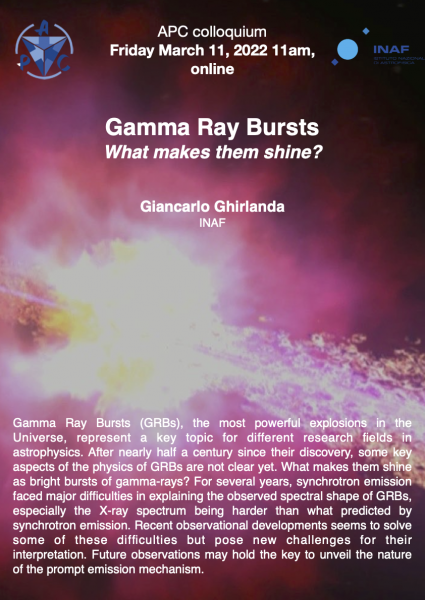Natural minerals, through their ability to record particle interactions over geological timescales, are emerging as a novel tool for astroparticle physics. The paleo-detector concept leverages the nanometer to micrometer-scale damage tracks left by nuclear recoils to search for rare events like dark matter and neutrinos. Our work takes a unique approach by treating the tracks from cosmic ray muons, typically a background for other paleo-detector studies, as the primary signal for probing the high-energy astrophysical history of our galaxy.

